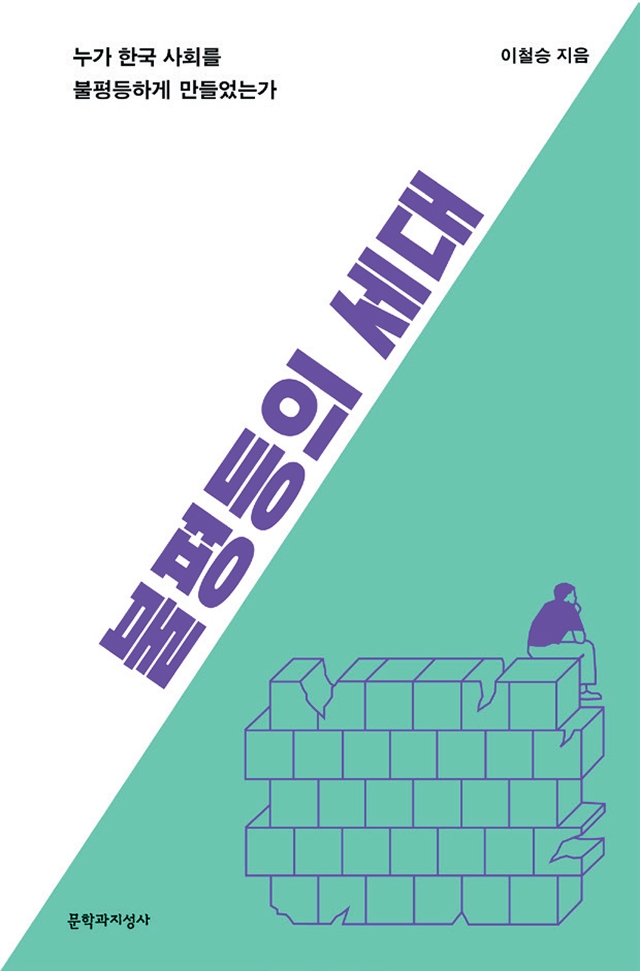
불평등의 세대—누가 한국 사회를 불평등하게 만들었는가
- Page
- 361
- Publication Date
- August 9, 2019
- ISBN
- 9788932035550

The industrialization generation first laid the groundwork for the country’s hierarchical
structure, the so-called 386 generation cemented that structure, and regrettably, Korea’s
younger generation falls victim to this structure.
In 2019, a paper titled “Generation, Class, and Hierarchy: The 386 Generation’s Rise to
Power and the Enlargement of Inequality” was published by Professor Lee Cheol-Sung
of the Department of Sociology at Sogang University. The paper caused a significant
stir in Korean society, attracting attention from academics, the media, and the general
public. Through various data analyses, the paper revealed how the 386 generation, which
includes those who were in their 30s in the 1990s, entered college in the 1980s, and
were born in the 1960s, monopolized political and market power in Korean society and,
as a result, brought about intergenerational inequality. The Generation of Inequality is a
book based on this paper, which delves into the issue of inequality in Korean society.
The book aims to understand the structure of inequality in Korean society through the
lens of “generation.” Unlike previous studies that analyzed the issue of inequality within
the framework of “class,” the author replaces it with “generation” and seeks to grasp the
structure of inequality in Korean society.
The author explores why, despite the 386 generation leading the democratization
movement through student activism in the 1980s and establishing democracy when
they gained power, our society still suffers from inequality today. The book raises
important questions about why we are suffering from increasing inequality and provides a
straightforward answer: the 386 generation violated their promise.